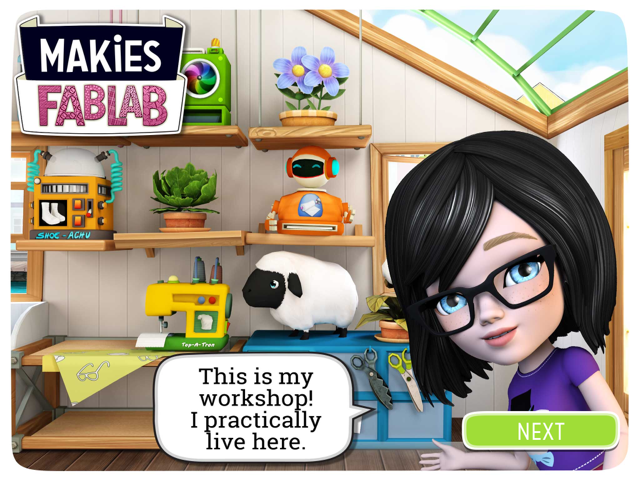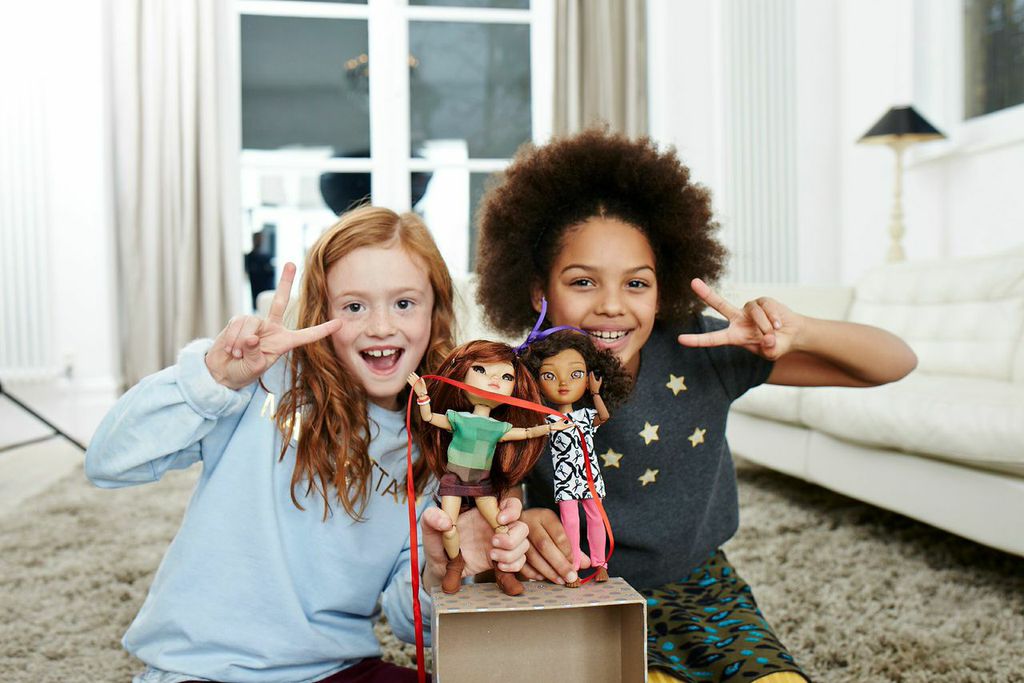Launched in 2012 the Makies Dolls were one of the very first 3D printed products ever to raise generalist media awareness. Now, almost three years later, they are a great indicator of the adoption of 3D printed products in mainstream consumer habits. After growing by 400% for the last two years in a row, Makie Lab is proving that 3D printing can help a small company with a good idea do what was once considered to be impossible (or extremely unlikely): take on giants such as Mattel, LEGO, and Hasbro, in a very mature and consolidated market, such a the toys sector.
I caught up with Alice Taylor, Makies founder and current CEO, to find out a little more about how this “miracle” began and how it will evolve. While there are many projects in the works, one thing that has become clear to the company is that, if they want more children to be able to play with their 3D printed personalized dolls, the price – which currently stands at a $115 – has to come down.
“In the US, which represents around 80% of our current revenue, spending over $100 for a very special doll is fully acceptable for parents,” Alice tells me. “In fact, the same is true in Japan and some other countries, while it is not necessarily so in Europe. Our goal is to lower the final price to the equivalent of about $60-65 and, to do that, we are looking at injection molding for the dolls’ bodies.”
Currently the Makies bodies are 3D printed – by external laser sintering services – but that’s only because the numbers were low enough to justify additive manufacturing. The only part that is is fully customizable, and thus requires 3D printing, is the doll’s head. Adopting a combination of injection molding and 3D printing would be the most cost-efficient solution now that the business is taking off.
“We designed the dolls and we assemble every single one of them here, in our Shoreditch office in London,” Alice confirms. “That is because we have to implement QA [Quality Assurance] processes and guarantee the safety of each doll.” Alice told me that the Makies “Office-Factory” is a 1,500 square foot space with 12 Cube 3D printers, 3 MakerBots and one Ultimaker, used to make accessories and final parts, which are then shipped with the doll. “What we are doing is looking for online companies for digital retail partnerships,” she adds.
All together Makies, a company which – as Alice revealed – is currently selling about one fifth as much as LEGO in the Selfridges department store, employs 12 people. Six people are in charge of administration and assembly, while the other six lead software development.
After raising the initial capital, Makies is now fully on course to break even and it seems its run to the top of the toy market food-chain has only begun. One very interesting possibility – which is difficult to actually implement but has been considered from the very beginning – is that of making the dolls “smarter”. That would entail integrating electronic components and developing a software-based interaction with gaming environments and devices.
“Disney spent 100 million dollars to build the Disney Infinity ecosystem,” Alice says. “There are several projects to make smart and connected 3D printed toys a reality, but it is very difficult to build every aspect and integrate them into a single product. The Makies Doll’s head was designed to be large enough for a Lilypad Arduino board. Now, there are even smaller control boards and cheaper interface technologies, such as NFC, that are becoming more widely available, so this is certainly something we are looking into.” The competition with Barbie and the Disney Princesses is most definitely on.





I am a regular reader of your blog, Amazing content with proper examples. Thank you admin. 3D printing service
ReplyDeleteWao, Really awesome work. So I want to share this amazing font site with you guys!
ReplyDeleteRoyalty Free Fonts